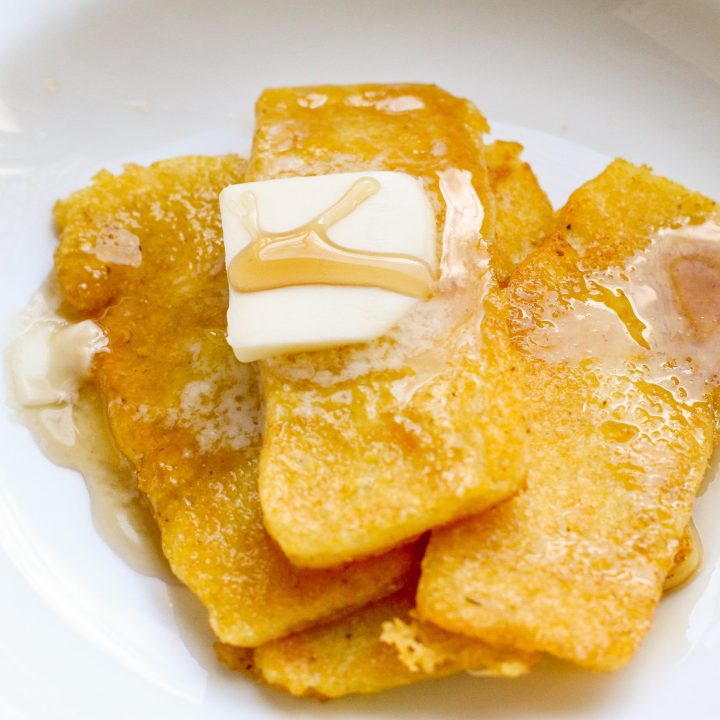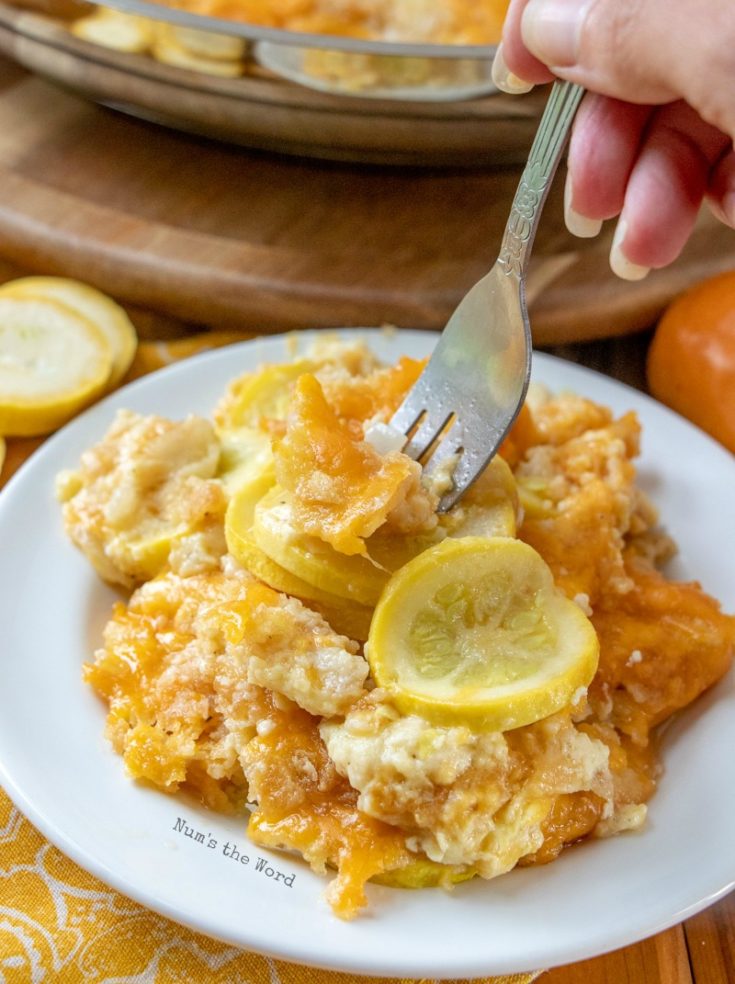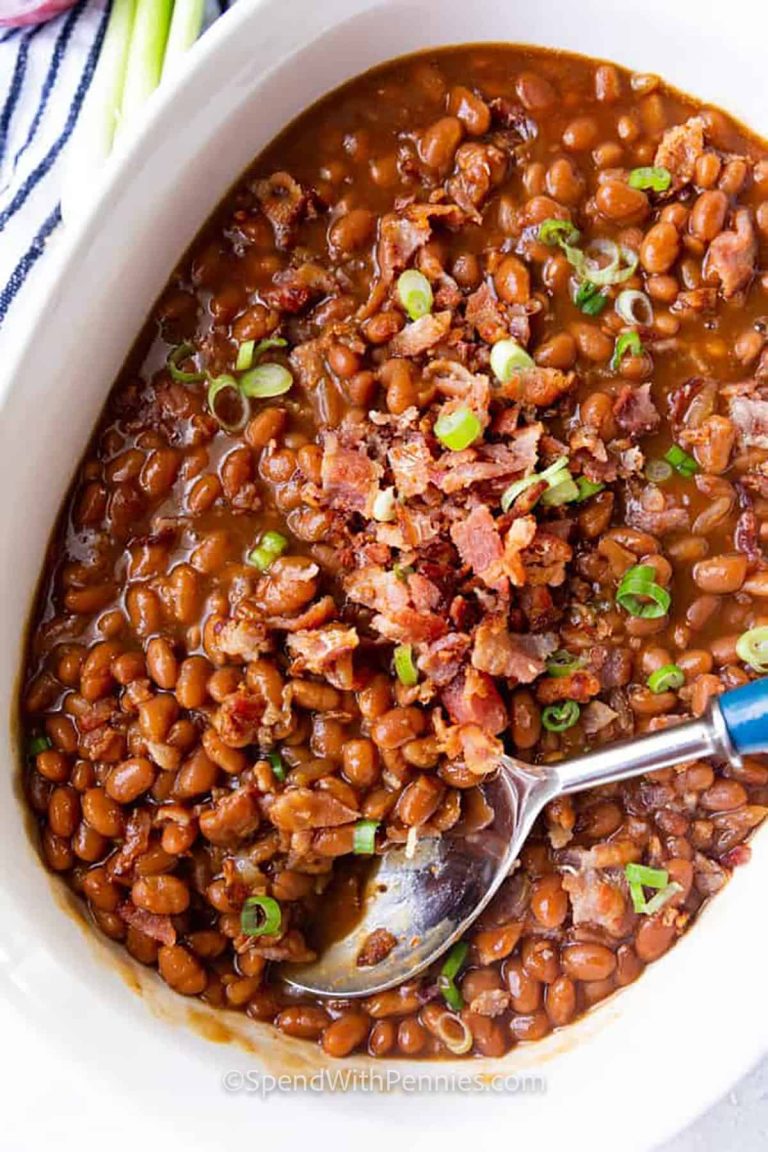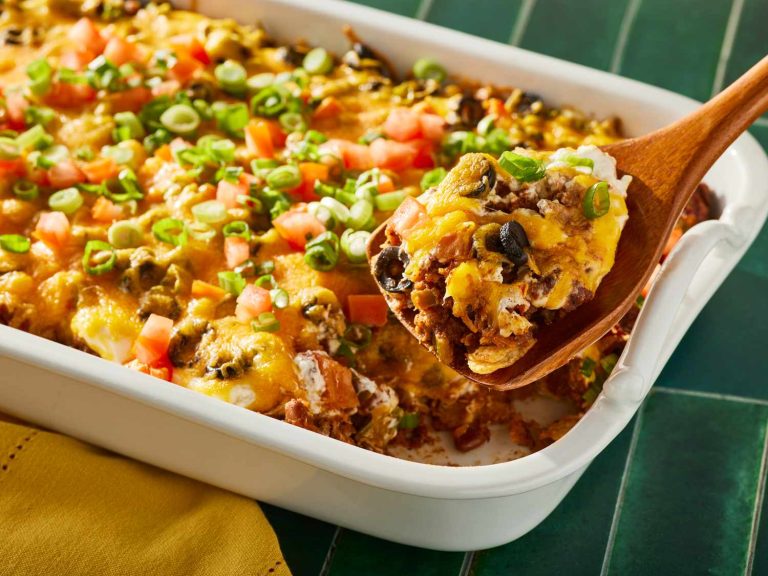Cornmeal Mush: Discover the History, Nutrition, and Delicious Uses
Cornmeal mush traces its roots back to early Indigenous communities in North America. Native Americans utilized ground maize to create various dishes, one of which evolved into what we now know as cornmeal mush. This dish leveraged the availability of corn, a staple crop widely cultivated and essential to their diet. European settlers adopted the preparation method during colonization, recognizing its simplicity and heartiness. Historical records indicate that by the 17th century, it had become a common meal among settlers, who appreciated its versatility and sustenance.
Cornmeal Mush in American Cuisine
Over centuries, cornmeal mush solidified its place in American culinary traditions, particularly in rural and Southern kitchens. During the 1800s, it served as an inexpensive and nourishing option for families. Recipes varied, with some regions favoring sweetened versions using molasses or maple syrup, while others preferred savory interpretations, often topped with gravy or fried as cakes. Renowned cookbook authors, such as Fannie Farmer in her 1896 “Boston Cooking-School Cook Book,” included cornmeal mush, reflecting its widespread popularity. Today, it remains a beloved comfort food, with modern variations incorporating contemporary ingredients and flavors.
How to Make Cornmeal Mush
Basic Ingredients
- Cornmeal: 1 cup of medium or coarse-ground cornmeal.
- Water: 4 cups of water for cooking the mush.
- Salt: 1/2 teaspoon of salt for seasoning.
- Butter: 1 tablespoon of butter for added richness.
- Boil Water: Bring 3 cups of water to a boil in a medium-sized pot.
- Mix Cornmeal: Combine 1 cup of water with the cornmeal in a separate bowl, stirring until smooth.
- Add to Boiling Water: Slowly pour the cornmeal mixture into the boiling water, stirring continuously to avoid lumps.
- Cook: Reduce heat to low, then simmer for 20-30 minutes. Stir occasionally to prevent sticking.
- Season: Add the salt and butter, stirring to blend. Taste and adjust seasoning if necessary.
- Serve: Serve hot as a breakfast dish with milk and sugar, or as a savory side dish with cheese and herbs.
Nutritional Benefits of Cornmeal Mush
Macronutrients and Calories
Cornmeal mush offers a balanced profile of macronutrients essential for daily energy needs. One cup (240 grams) of cooked cornmeal mush contains about 170 calories, making it a moderate-calorie dish suitable for various diet plans. Carbohydrates dominate its macronutrient content, with approximately 38 grams per serving, providing a reliable energy source. The dish also contains around 4 grams of protein, aiding in muscle repair and growth. While low in fat, with just about 1 gram per serving, cornmeal mush can be enriched with additions like butter or cheese if higher fat content is desired.
Vitamins and Minerals
Cornmeal mush is rich in vital vitamins and minerals contributing to overall health. It contains notable amounts of B vitamins such as thiamin, niacin, and folate, promoting energy metabolism, brain function, and red blood cell formation. It also supplies essential minerals, including iron, phosphorus, and magnesium. Iron aids in oxygen transport, phosphorus supports healthy bones, and magnesium contributes to muscle and nerve function. Calcium content in cornmeal mush can be increased by cooking it with milk instead of water, enhancing its nutritional value. These micronutrients make cornmeal mush a nutritious option for a balanced diet.
Creative Ways to Enjoy Cornmeal Mush
Breakfast Ideas
Incorporate cornmeal mush into your breakfast routine to diversify your morning meals. Combine cornmeal mush with fresh fruits like berries or bananas for a naturally sweet touch. For added texture, sprinkle nuts or seeds (e.g., almonds or chia seeds). Enhance flavor by mixing in honey or maple syrup. Serve with a side of yogurt for extra protein, turning your breakfast into a balanced and nutritious meal.
Savory Dinner Recipes
Elevate your dinner with savory cornmeal mush recipes. Transform cornmeal mush into a base for hearty dishes like shrimp and grits. Season the mush with salt, pepper, and garlic during cooking, then top with sautéed shrimp and a spicy tomato sauce. Alternatively, create a polenta-like dish by letting the mush cool and firm, then slicing and grilling or frying it. Pair with roasted vegetables (e.g., bell peppers or zucchini) and a sprinkle of parmesan cheese for a delicious and comforting dinner option.
Conclusion
Cornmeal mush offers a versatile and nutritious addition to your diet. Its rich history and adaptability make it a timeless favorite. Whether you prefer it sweet or savory, there’s a way to incorporate this wholesome dish into any meal. From a hearty breakfast to a comforting dinner, cornmeal mush can be customized to suit your taste and nutritional needs. Embrace the simplicity and nourishment it brings to your table, and enjoy experimenting with different toppings and pairings.





